Heather Hurley in her book ‘Pubs of the Royal Forest of Dean’ states that ‘the New Inn was housed in one of Bream’s oldest buildings dating from at least 1550 when it was a Forest merchant’s house . It became an inn some time before 1814 and is clearly marked on Bryant’s map of 1824. At the time it would have served as a coaching inn for travellers on the Coleford to Lydney road, for the road leading from the High Street towards Parkend was then only a mere track.
The Cross Keys Inn was situated on the opposite side of the road. In 1864 a village wake was held at Whitsuntide in which villagers competed for prizes strung on a rope across the roadway between the New Inn and the Cross Keys. In 1924 the annual Bream fair is documented as being held in a field near the New Inn and the Maypole.
The New Inn was owned by James Howell but leased to Barnard Brothers in 1891, but twelve years later it is documented that Barnard Bros were owners of the pub which was designated an ale house and closed at 10 pm. The rateable value was £11.4s.0d. Barnard Brothers were brewers based at the Feathers Hotel in Lydney. This was the only outlet for brothers Samuel and John Barnard in this area of the Forest of Dean. Other pubs supplied by this small family brewing business were the Bridge Inn and the Step a Side in Lydney and the Dukes Head in Woolaston.
Alton Court Brewery of Ross on Wye then held the New Inn in their tied estate. Alton Court Brewery was acquired by the Stroud Brewery in 1956, but just a couple of years later the Cheltenham and Stroud breweries amalgamated to form West Country Breweries. It seems that the New Inn was surplus to their requirements and it seems to have closed down soon thereafter.
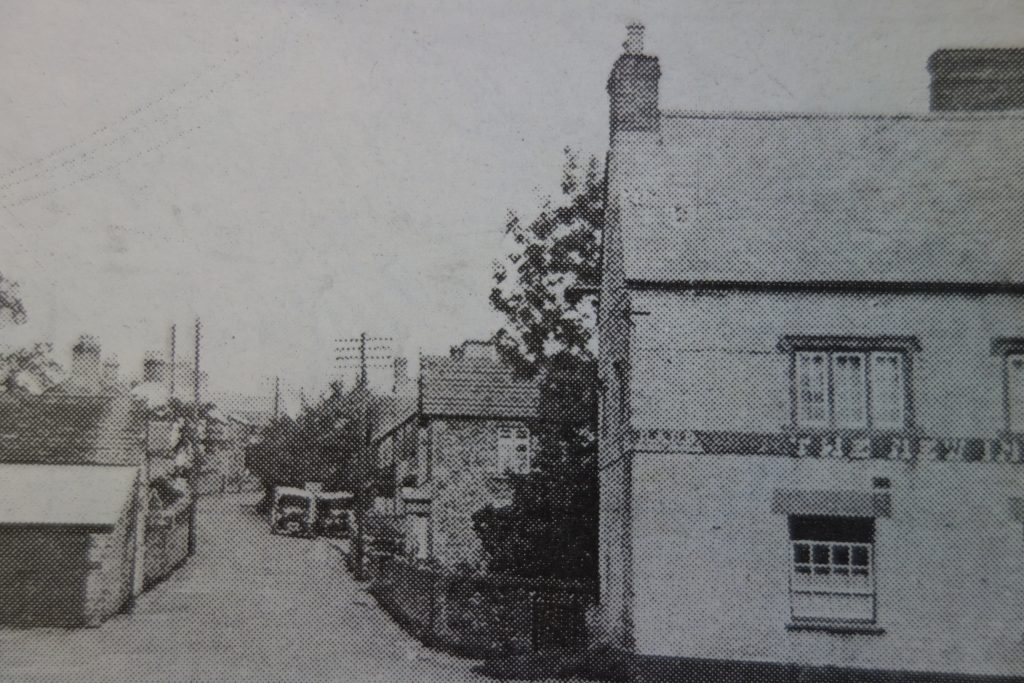
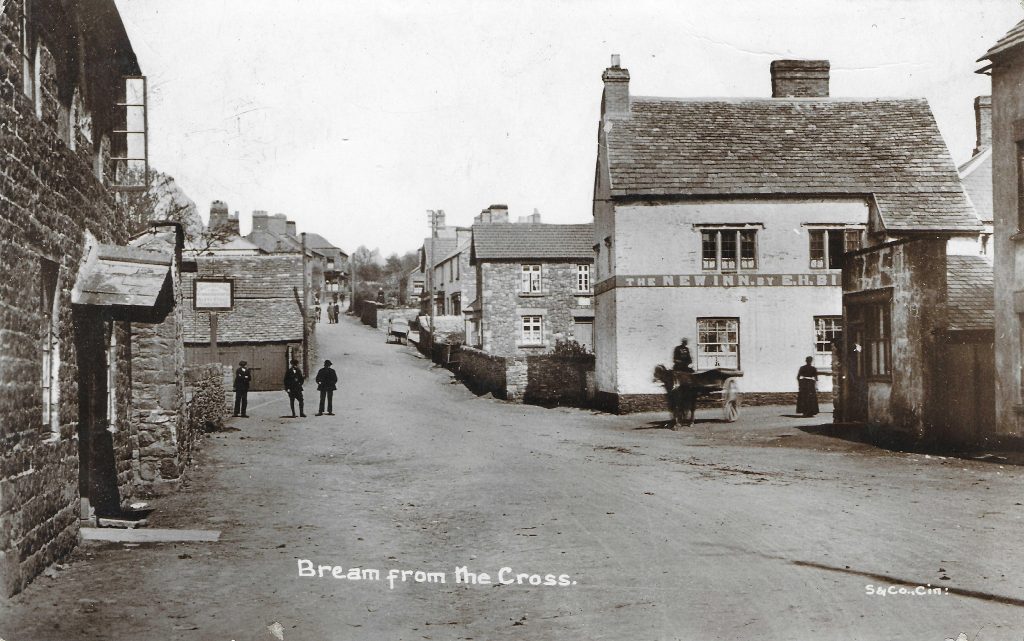
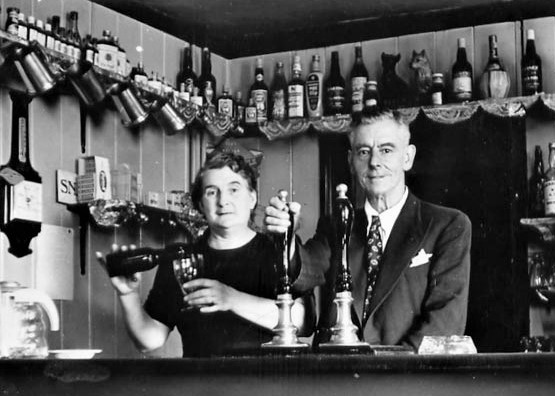
Dean Forest Mercury, 4th October 1968 – Restoration of the New Inn, Bream, possible: Every day on his way to the office Lydney businessman Mr Melville Watts passes the historic New Inn standing abandoned at the Maypole, Bream; he has been faced with the intriguing prospect of restoring the property. And now, after two years of contemplating and studying the idea, Mr Watts, a member of the Society for the Protection of Ancient Buildings, has reached the stage when restoration can begin. It is understood that it was originally a manor house, and it is planned to restore it to its original setting.
Facing due south, this 17th century building stands in six acres of grounds, but during the past year that it has been unoccupied the property has deteriorated badly. An indication of the date of the building is given as “Anno Domini 1637′ over one of the fireplaces, and on each side of this inscription a motif (thought to belong to the Preest family) has been carved with the letters “GG”.
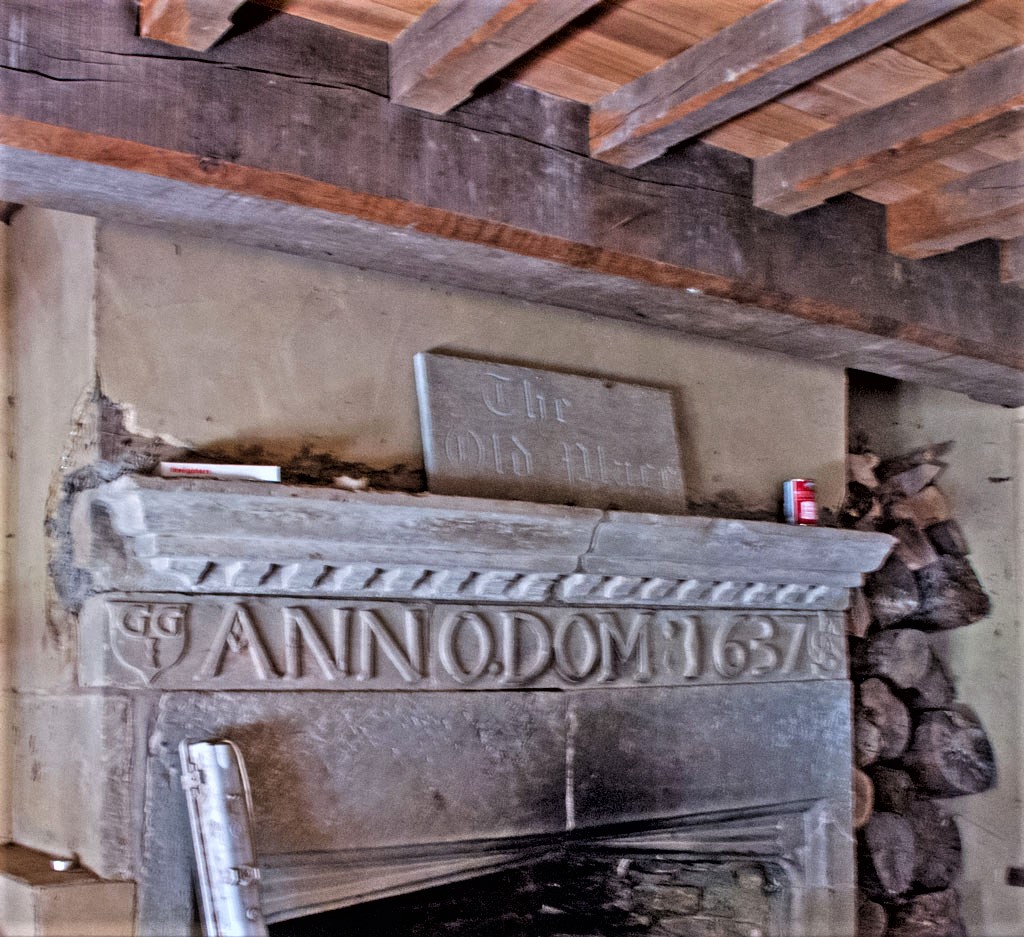
Mr Watts has described the New Inn as a very genuine historic building, with its solid oak circular staircase and studded front door. Two rooms on the north side have not been in use for 15 years. The condition of the building presents Mr Watts with an enormous task – in one room there is a beehive. A film taken of all the rooms is intended to present a pictorial before-and-after comparison, when restoration is complete. Mr Watts intends to reproduce what he describes as the marvellous stone windows. These have been filled in but will be opened up.
This ancient building has its fair share of woodworm and dry rot. Officially listed as a historic building, it has a well 25 feet long which is unique. Any old photographs of this property would be welcomed by Mr Watts, who has one photograph of the building taken in 1913 showing its stone-tiled roof, these original tiles having been replaced some time after the first world war.
A great job of restoration is therefore contemplated for this building (comprising six rooms and attics), in the picturesque setting of waterfalls and gardens planned for this site.
The Citizen, 4th October 1968 – ‘Forest Windfalls’ by Adam Dean: When was the New Inn at Bream not the New Inn? Or has it always been the New Inn? Anxious to find out is well known Lydney businessman Mr Melville Watts, who has just bought this 17th century and somewhat decayed public house.
While one would hesitate to call it a ruin, it is a fact that in its present derelict state it is adding nothing to the appearance of the village. And Bream. which has few pretensions to beauty, can ill-afford to carry unnecessary unsightliness. Mr Watts has plans for the complete restoration of the building and its large garden to include a waterfall and, once again, a village maypole.
He is having some difficulty in tracing the origins of the building, for the deeds in his possession date back only to the latter part of the 19th century. From an old parish magazine he has been able to discover that even in those days the building was used as a public house, and in view of the fact that stabling accommodation was present it could even have been used as a coach halt. Mr Watts believes it could well have been built as a manor house and used as a subsidiary to St. Briavels Castle when visiting Lords came to the Dean.
At present only one fireplace, dated 1637, is uncovered. Three have long been bricked in, but they are soon to be revealed as will several old window frames. The inn is listed as an historical building and even now has a heavily studded oak door and a solid oak circular staircase. A local stone firm will be given the task of making the windows, and the whole renovation should take about two years.
The Citizen, February 1973 – Mystery motif on the fireplace: Mr Melville Watts, owner of the New Inn, Bream, is still trying to unravel the history of the centuries-old building. There are many gaps in its long and intriguing past, not least of establishing the date when the old coaching house was built. The building is at present being carefully renovated and among his discoveries Mr Watts has uncovered old oak doors and a fireplace dated 1637.
A motif on the fireplace (see picture) is causing considerable interest and Mr Watts is anxious to trace its meaning. He believes it could be a merchant’s mark, although there is some evidence to suggest that the motive represents mining activities in the Forest of Dean and shows old mining implements.
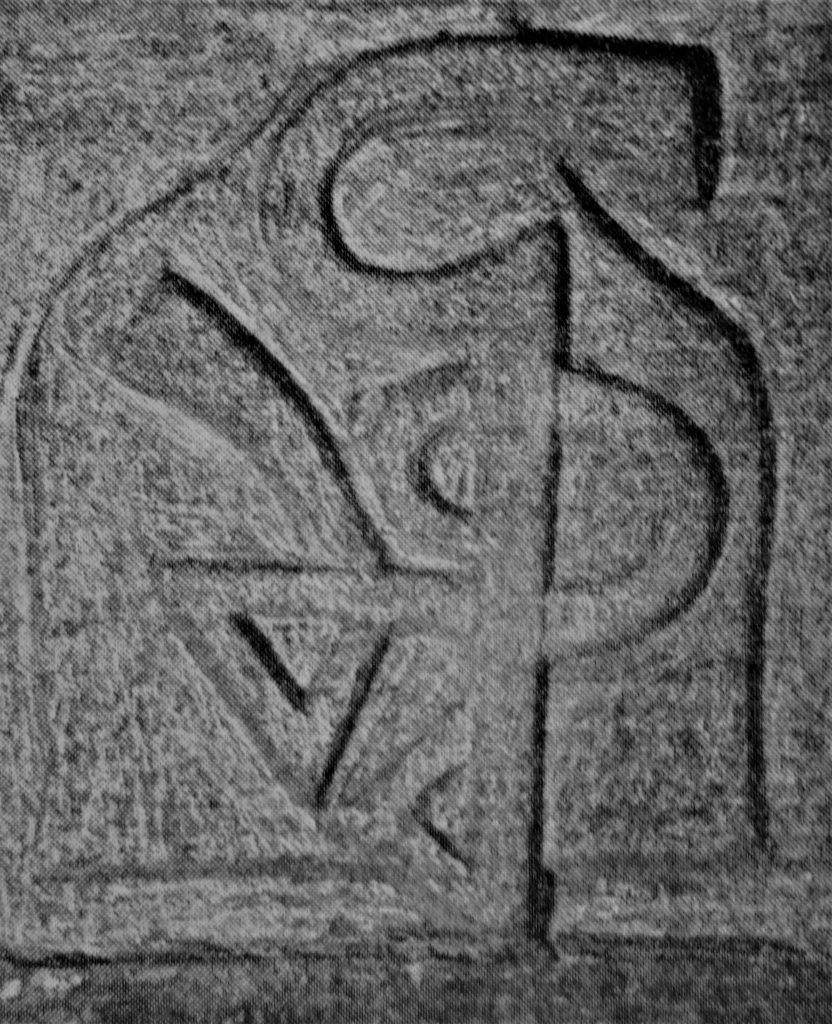
No-one knows for sure when the building became an inn, but it was in existence much earlier than 1637. It was in the ownership of the Gough family, Bristol merchants, in 1592 when Henry Gough left the property to his son George. Mr Watts believes the adjoining building may be even older than the inn. A stone fireplace has been uncovered, and the wooden interior beams are of uncut timber.
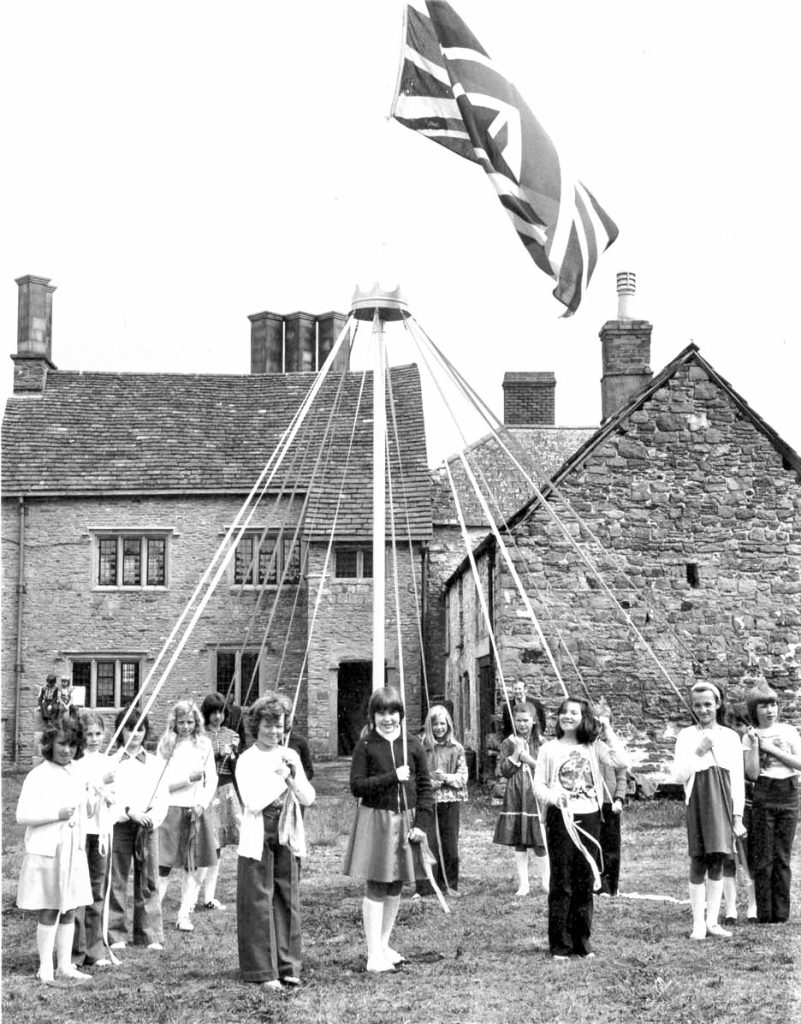
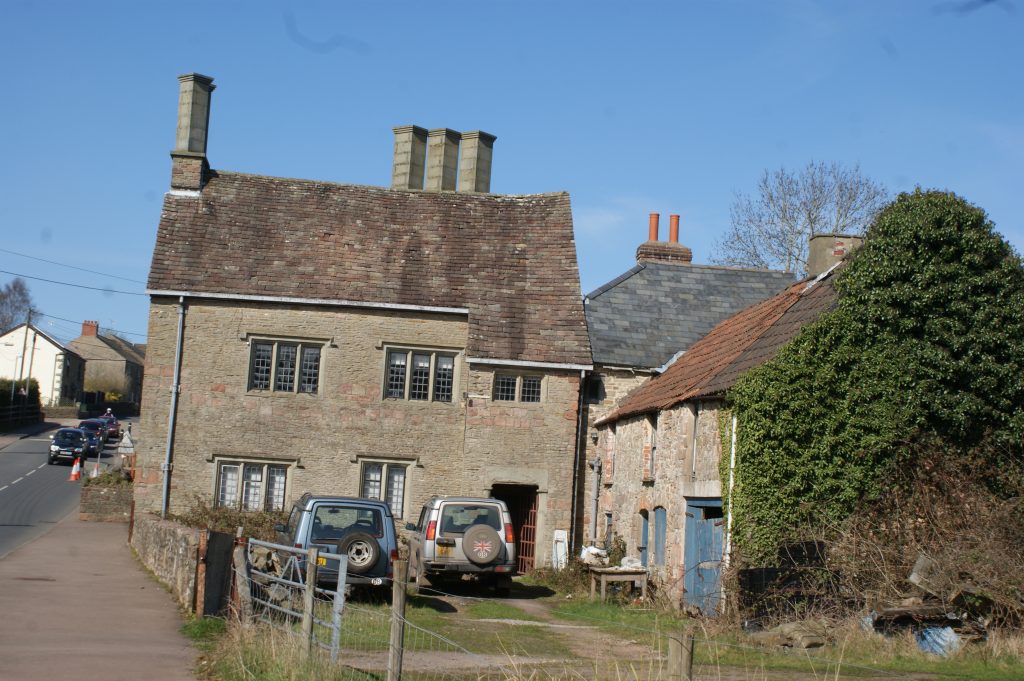
The Citizen, 13th April 1983 – Former inn for trust: The Dean Forest Heritage Trust, which will be opening its museum at Soudley to the public next month, has acquired the 16th century former New Inn building at Bream. The acquisition of the building, bought by Lydney businessman, Mr Melville Watts, in 1968, and restored by him, was announced yesterday.
The trust will use the building for exhibitions and displays, but it is almost certain that it will be used in the interim as a meeting place and offices. The building dates from 1550 but it is understood an earlier building stood on the site.
Museum project director, Mr Richard Tamplin, said he saw the acquisition of the building as a major development for the Forest of Dean following the opening of the Forest Museum next month. The acquisition was made possible by development taking place on the adjoining land. “The trust has always seen itself as having a presence throughout the Forest and tis building will enable people in the Lydney, Bream and Coleford areas to feel very much a part of the project,” said Mr Tamplin. “This is a beautiful building and an exceptional survival from the times when the Forest was under the direct rule of the Crown.”
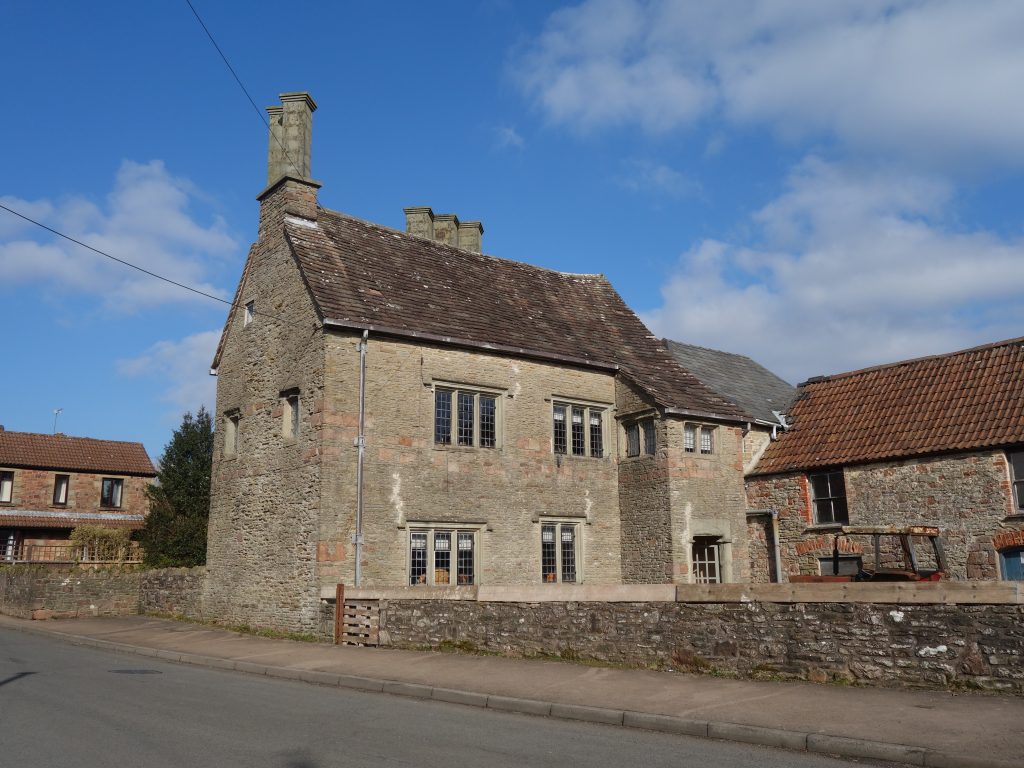
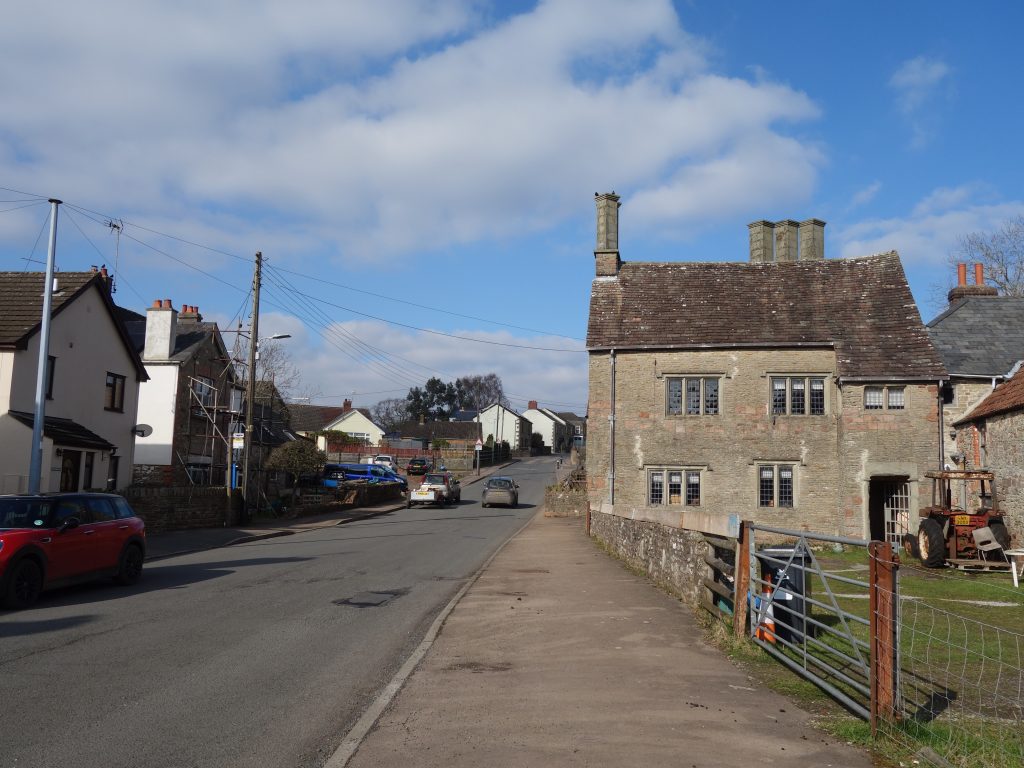
Landlords of the New Inn include:
1870,1876 Jane Hewlett
1885 Samuel Preest
1891,1906 Ann Hewlett (Mrs Annie Hewlett in 1903 and 1906)
1919 Arthur Jones
1927 Albert V. Etheridge
1939 Leonard Crosse
1940’s Ray and Peggy Whitehead
1960’s H. Skidmore

